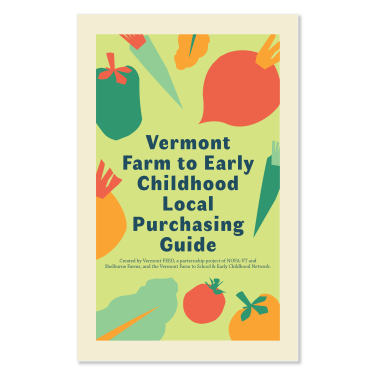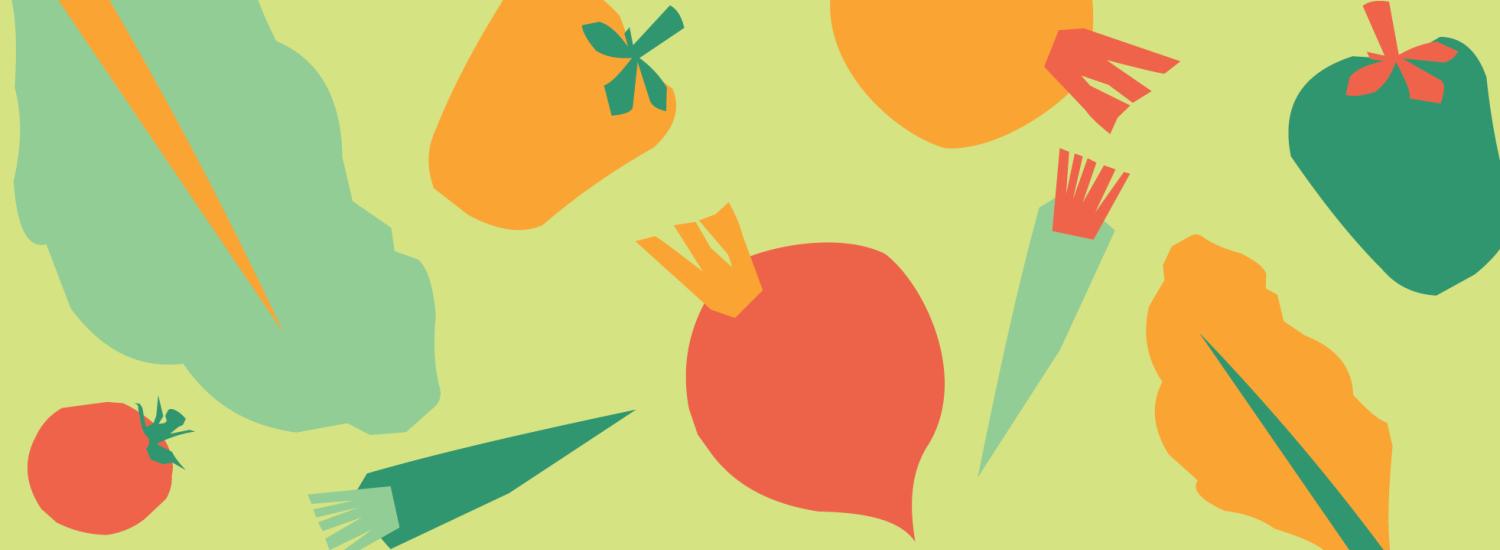
While local food purchasing is an important component of a robust farm to early childhood program, there is no one-size-fits-all way to do it. This guide will help you:
- define what local means to you
- assess your starting point
- identify your program’s food related values
- embrace seasonality of available produce
- find local food throughout Vermont (and the year!)
- consider the various logistics related to purchasing and incorporating local foods into your program
This guide also aims to challenge the misconception that local food always costs more. We include strategies to help you conserve costs, such as embracing seasonality and enrolling in a community supported agriculture (CSA) share. Every early childhood nutrition, snack, and education program has a unique set of values, priorities, and challenges. These determine what food will be purchased (and how much), where it will come from, and how it will be used. Incorporating local foods into your programs may at first seem daunting, but the benefits should far outweigh any challenges you might experience. When your students eat fresh, skillfully prepared foods from local producers, your program may see improved student nutrition, increased engagement in educational activities, and stronger connections to the community.
The Vermont Farm to Early Childhood Coalition appreciates funding and support provided by the ASPHN 2020-21 Farm to ECE Implementation Grant, which helped support this guide. Published by Vermont FEED, a farm to school partnership project of Shelburne Farms and the Northeast Organic Farming Association of Vermont (NOFA-VT), and the Vermont Farm to School & Early Childhood Network.
Browse the guide below. Further down the page, you can download the publication and access the embedded links. If you print this version, we've created a handy link page for reference.
